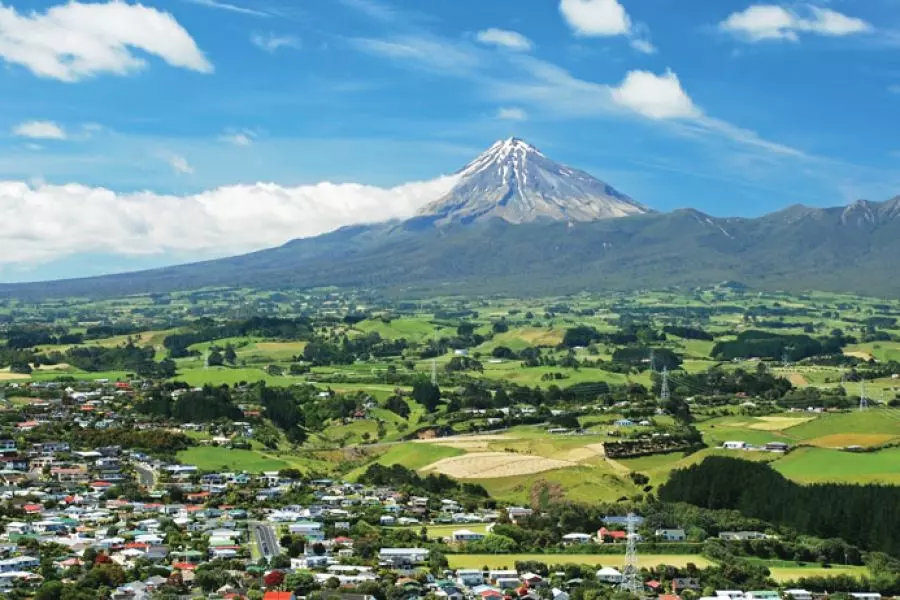
News
Prices cool over past three months

Thursday 12th of August 2021
Nationally, the average house price now sits at $952,078, an increase of 26.4% year-on-year, up slightly from 25.6% last month.
The average value increased 4.3% nationally over three months to the end of July, down from the 6.6% quarterly growth in June.
In the Auckland region, the average house price is $1,352,677, up 3.5% over the three-month period, with annual growth of 23.7...
Want to read the full article?
Click the button below to subscribe and will have unlimited access to full article and all other articles on the site.
2 min read





![[The Wrap] Bye Bye Bayly](https://goodreturns.publit.io/file/c_fill,w_900,h_600/39f23ac1-f7c7-4854-b700-a150004ebbac.webp)


